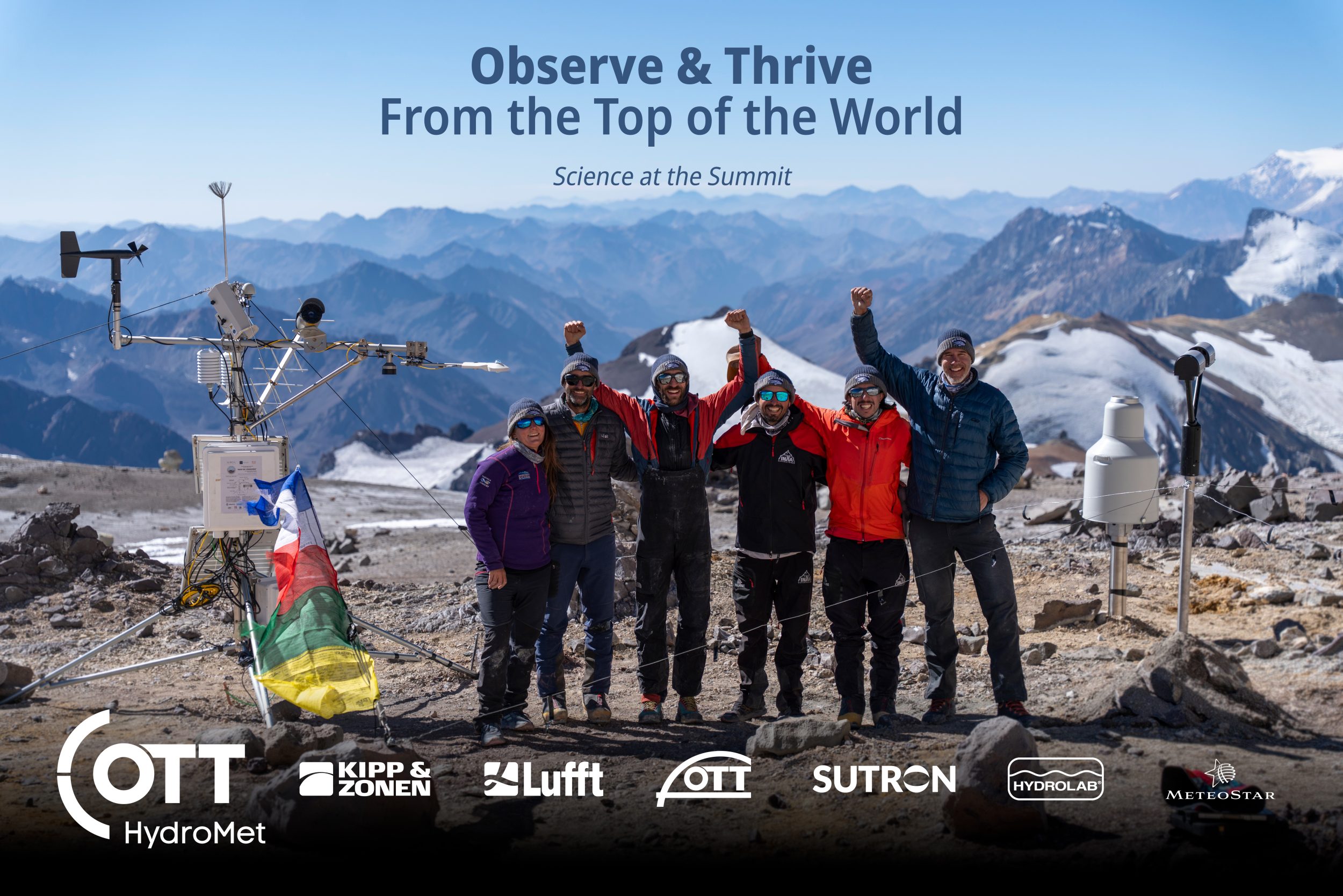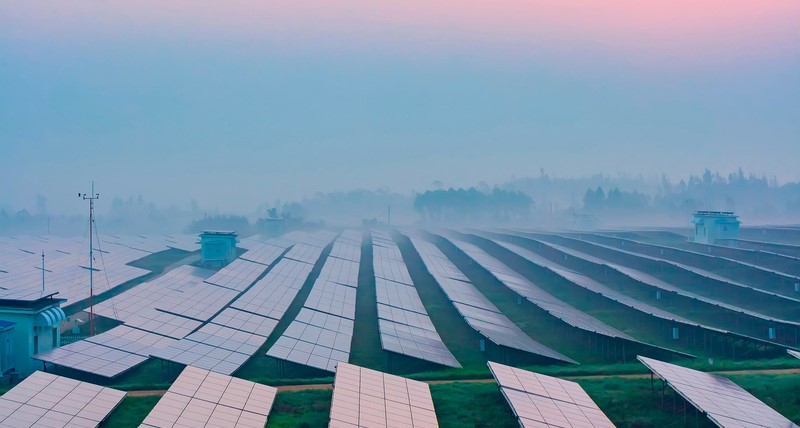Solar demand is surging. Modern PV plants need fast responding precise solutions that are easy to install and integrate, ones that will last. Our new pyranometer, the Kipp & Zonen SMP12 can help you achieve this. On this page, we present our webinar with Clive Lee – Technical Sales and Service Consultant, Dr. Joop Mes – Senior Scientist, and Brandon Sims – Global Product Manager, who present the latest addition to the trusted family of Kipp & Zonen solar radiation instruments.
In this post, we gathered questions from people attending the webinar and gave it to a team of experts to answer them. You can find the updated set of questions and answers in this article.
In case you missed webinar when it aired live, fret not. Watch the recorded session below. Before, if you don’t know the SMP12 yet, you can download the product guide here.
Updated version from original post from March 4, 2022
Questions and answers
SMP12 Key Features
The SMP12 provides improved data reliability and has the following additional features:
- Integrated dome heating without moving parts, to prevent dew and frost
- Tilt measurement to remotely check the correct installation angle of the instrument and any changes over time
- Internal relative humidity measurement to remotely check the effectiveness of the internal desiccant
- Improved electrical protection against power surges
Heating
In line with the IEC61724 recommendations, the SMP12’s instrument body and glass dome are heated to prevent early morning build-up of dew or frost. This allows the user to more accurately measure the solar irradiation when the PV modules might still be covered in dew or frost and produce less energy than expected.
The internal heater is always on from 10 to 30VDC. The heater will increase the instrument temperature around 5 to 15 ⁰C higher than the ambient temperature, depending on atmospheric conditions.
The SMP12 needs a maximum of 3.5W DC.
Approximately 3 hours. Temperature affects the solar radiation measurement. Once SMP12 is turned on, the heat will be transferred through the body to the detector. Due to the continuous changes in the temperature, the readings will include higher uncertainty in the transfer phase.
Heating of the dome prevents dew and frost forming. Because the dome is dry, sand and dust is less likely to stick to it. Using a ventilation unit with the fan running and the heating on has the same effect. It is also likely to reduce soiling in general due to the air flow. As an example, the Kipp & Zonen CVF4 reduces thermal zero offsets in CMP and SMP pyranometers by a factor of 2. But, these offsets are already very low in SMP12 compared to the other models. IEC 61724-1:2021 does not require external ventilation – it requires dew & frost mitigation and weekly dome cleaning unless monitored or automated.
There is no specific switch or command to turn the heater off. It is always on.
Technically the heating function can be stopped by reducing the supply voltage to 6 VDC. However, the thermal zero offset correction is based on the heating being on and you will have an offset in the range of 2-3 W/m2. We do not recommend turning the heater on and off by changing the supply voltage. There is increased measurement uncertainty while the instrument stabilizes (approximately 3 hours). It cannot prevent dew or frost formation while the heating is off, or in the process of warming up. The dome needs to be at least 2 °C above the dew-point. The recommendation is to add power and collect better irradiance measurements.
This error is related to zero offset Type A. Normally this zero offset is present when the dome has a different temperature from the cold junctions of the sensor (the instrument housing). Practically this is always the case when there is a clear sky. Because of the low effective sky temperature (< 0 °C) the Earth’s surface emits roughly 100 W/m² of long-wave infrared radiation upwards. The outer glass dome of a pyranometer also has this emission and is cooling down several degrees below air temperature (the emissivity of glass for the particular wavelength region is nearly 1). The emitted heat is attracted from the body by conduction in the domes, by wind, and from the domes through infrared radiation. The heat flow is opposite to the heat flow when absorbing solar radiation and causes the well-known zero depression at night. This negative zero offset set is also present on a clear day but is hidden in the solar radiation signal.
Diffuser Technology
To allow for a heated dome the traditional large black thermopile had to be changed for a white diffuser, optical filter, and smaller thermopile underneath.
The diffuser replaces the inner dome, allowing the instrument to be heated. The outer dome and diffuser function like a double dome for thermal insulation and ideal cosine response. The diffuser is an optical element that scatters and transmits light from all directions, and channels the incoming energy into the thermopile. The diffuser technology has been used by Kipp & Zonen since the 1990s with the release of the SUV product line. It has also been used in combination with a thermopile detector with the RaZON+ PR1.
The smaller thermopile detector is thermally isolated from the sensor body. Because the detector is small, the white quartz diffuser is necessary to collect radiation from all angles and direct it towards the detector with good directional (cosine) response. In an ‘insulation’ sense, the diffuser acts like the inner dome of a conventional pyranometer. The result is thermal zero offsets a and b are very low.
Internal Tilt Measurement
Reliable readings require proper leveling and level verification is a common line item on routine maintenance checklists. The tilt sensor output provides a data point to remotely ensure the installation angle hasn’t changed over time, providing confidence in data accuracy or triggering and alarm when level changes unexpectedly.
The tilt sensor measures installation angle accuracy and any changes over time. It can be used for both GHI and POA installations. The tilt mounting kit is not needed to have this sensor provide a proper tilt angle reading.
The inclination sensor does not indicate the direction; there is one angle value which is the tilt from horizontal. It uses a 3-axis accelerometer and measures the tilt of the smart sensor relative to the earth’s gravitational field (the tilt angle from horizontal).
Internal Relative Humidity Measurement
For proper functioning, the internal relative humidity (RH%) should remain below the condensation point of 100%. Under normal circumstances the build quality of the SMP12 and internal desiccant guarantee a 10-year life span without the need to have the internal desiccant changed. During recalibration in an OTT HydroMet (approved) facility the desiccant will be changed as standard practice.
In the period between recalibrations, the proper functioning of the instrument seal and desiccant can be checked using the Modbus® register for internal relative humidity. Confirming that the internal desiccant is properly functioning provides continued confidence in the solar irradiation data. It is recommended to record the initial value after installation and compare the internal relative humidity over longer periods of time (months-years). This should be done during the cooler part of the day, above the freezing point and, when possible, at roughly the same reported body temperature (e.g. at midnight).
The construction of all SMP instruments is waterproof, but not gastight. There are two seals, therefore water vapor can slowly enter due to temperature and pressure changes. The SMPs with internal desiccant have a special sealing that makes the internal desiccant last for 10 years. A brand new SMP12 will start with an internal humidity of around 0-15% when measured during a cool, non-freezing night.
Surge Protection
Surge protection is all about absorption of power line or lightning-induced surges and the size of the surge protection Device (SPD) directly affects the ability to protect the instrument. The larger the SPD, the more energy it can absorb during the surge and the better protected the electrical equipment is. The SMP12 has the best-in-class protection for its dimensions. The SMP12 manual contains details and diagrams of the built-in protections.
There is no isolation because the galvanic isolated RS-485 interface is too large to fit into the sensor and requires a larger power draw.
Modbus® Registers
The SMP12’s resolution is specified at 0.1 W/m2. In order to provide this resolution, the scale factor of 1 is applied to define the number of decimal places shown (1 decimal place) in the irradiance reading.
Watch the webinar on our new SMP12 Class A pyranometer
In case your question is not answered here, don’t hesitate to contact our experts and ask them. They’re happy to help and answer any open questions as well as exchange thoughts on the new Kipp & Zonen SMP12 Class A pyranometer.



